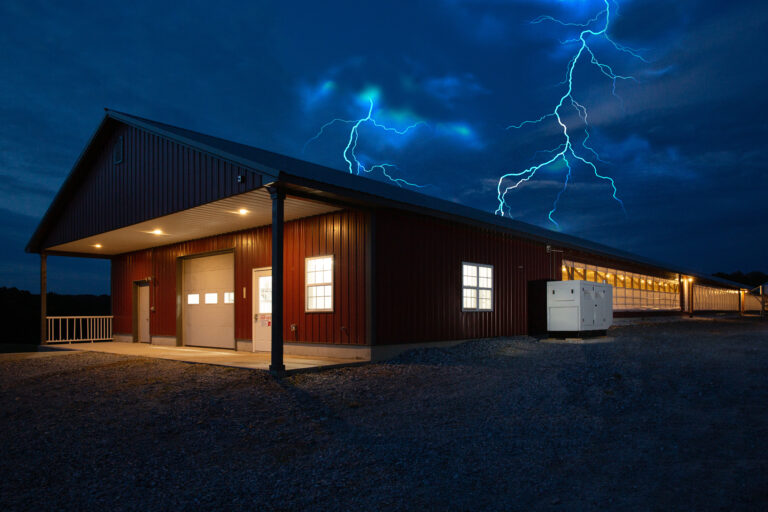
A standby generator is a backup power source that automatically turns on when the main power source fails. To ensure that a generator will provide reliable power during an outage, it is crucial to choose one that is sized correctly. The right generator is one that can handle a sudden and prolonged electrical load without overload or underload issues.
Here are some critical factors to consider when sizing a standby generator:
The first factor to consider when sizing a standby generator is the power requirements of the building or facility. The generator’s size should be sufficient to meet power needs during a power outage. Those needs include all electrical loads, such as lighting, HVAC systems, refrigeration units, and critical equipment.
Standby generators can run on different types of fuel, such as natural gas, propane, or diesel. The type of fuel can affect the generator’s size and capacity, so it is essential to consider the availability and cost of fuel when choosing the generator’s size.
The voltage and phase requirements of the building or facility should also be considered when sizing a standby generator. The generator’s voltage and phase should match the electrical system’s requirements to ensure proper operation.
Some electrical equipment draws a heavier load when starting up than when operating, which can cause a generator to overload and trip the circuit breaker. It is essential to consider the combined start-up needs of all equipment to ensure that the generator can handle them.
The environmental conditions of the area where the standby generator will be located should also be considered. Extreme temperatures, high altitude, and similar factors can affect the generator’s performance and capacity.
The size of the standby generator affects its purchase, installation, and maintenance costs. Consider the budget when sizing a generator, and choose a size that provides the required power while remaining within the budget.
Local regulations and codes may require specific generator sizes or features. It is essential to consider these requirements when sizing a standby generator to ensure compliance with all regulations and codes.
In conclusion, sizing a standby generator requires careful consideration of factors such as power requirements, fuel type, voltage and phase requirements, start-up load, environmental conditions, budget, and regulatory requirements. It is crucial to consult with a professional electrician or generator installer to ensure that the generator is sized appropriately for the specific application. With the right size and proper installation, a standby generator can provide reliable backup power during a power outage and ensure the safety and comfort of the building occupants.